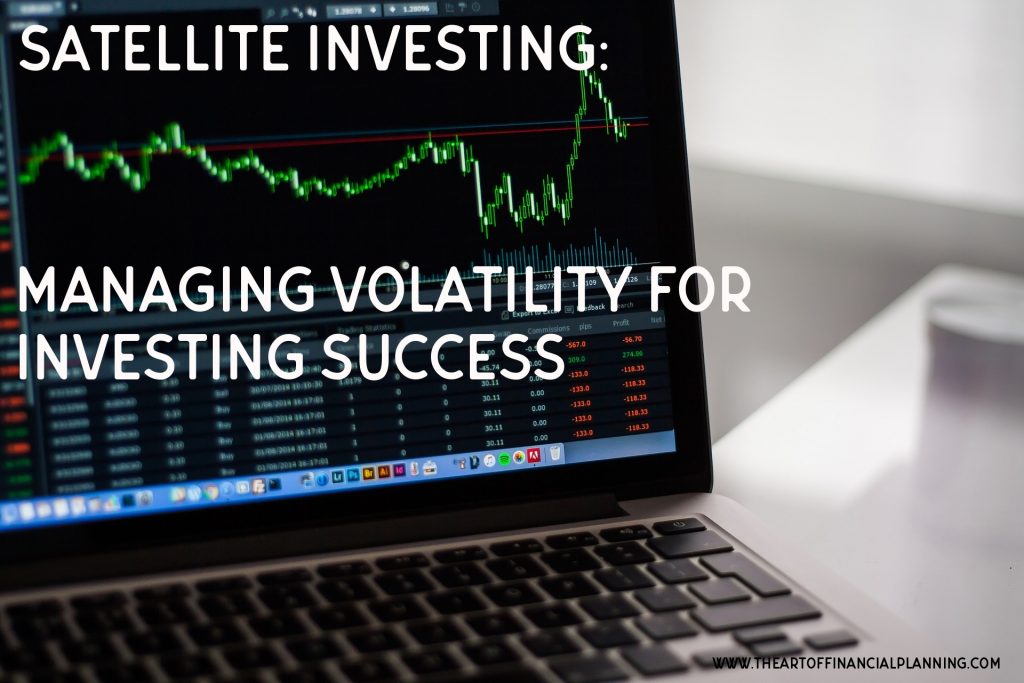
Investing should be boring. Well, for the most part. Sounds great, time to stop reading right? Wait, hear me out. Your investment strategy should not be a rollercoaster filled with perilous drops and riveting climbs. That kind of excitement does not actually lead to a long term upward growth trend when the big gains are wiped out by huge single-day losses. Instead, what you should be looking for is a slow, boring, steady-growth strategy at its core, then spice it up a little with some satellite investments if you are looking for some rollercoaster fun.
There is nothing wrong with volatility in your portfolio. It is only a problem if you were not expecting it. If you are a conservative investor but accidentally invested aggressively, you may have found yourself elated to see spectacular gains from your stocks or find yourself clutching your pearls when you open your account statement to find that the nosedive that the market last month took left you ten thousand dollars poorer. That is why it is crucial that you build your portfolio the right way from the beginning and tailor it to your needs.
Look to build a portfolio based on your personal risk aversion and your time horizon. If you like rollercoaster returns and are not risk-averse, perhaps overall more volatile investments could give you the returns you are looking for, as long as you have time on your side to make up any losses you may incur. If you have a shorter timeline or the thought of watching your hard-earned principal investment disappear after a bad trading day makes you sick to your stomach, then you would be a better fit in a low-turnover mutual fund with slow yet steady gains and reinvested dividends.
A core and satellite investment strategy keeps the majority of your investments in secure, time-tested large-cap stock mutual funds and allows for a little satellite investing in other types of funds that are a bit riskier, like single mid-cap or small-cap stocks, foreign stocks, or money market funds. This allows for diversification of risk which leads to an overall more secure investment portfolio with steady, upward growth. Taking 1-5% of your overall portfolio and splurging on some shared of Amazon, Tesla, or even investing in gold (these are just recognizable examples, not recommendations) as satellite investments allow you to get your volatility jollies and perhaps make some record gains, but won’t absolutely crush you if the investment flops.
When investors use the core and satellite strategy, they are often more connected to their money. Putting all of your investments on auto-pilot by investing in a mutual fund and then ignoring it for a decade may lead to slow and steady results but investors are quite disconnected from their investments. On the contrary, an investor is actively involved in their investment by watching single stocks they have bought, but that is a much more volatile strategy overall. Hence, a good medium is to keep the majority of an investor’s funds in a steady, boring large-cap index fund and leave a little on the side to play with in satellite investment funds. This teaches investors their risk aversion and they learn to monitor their emotions relative to their finances. Perhaps this level of risk in the satellite funds wouldn’t be tolerable in the long term but the investor can get a taste for how the markets move, their own interest in stock market rollercoaster excitement, and can learn to implement investment strategies that set them up for success in the future.


